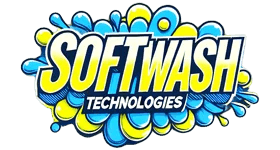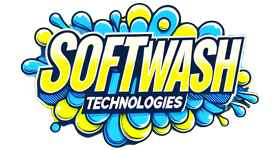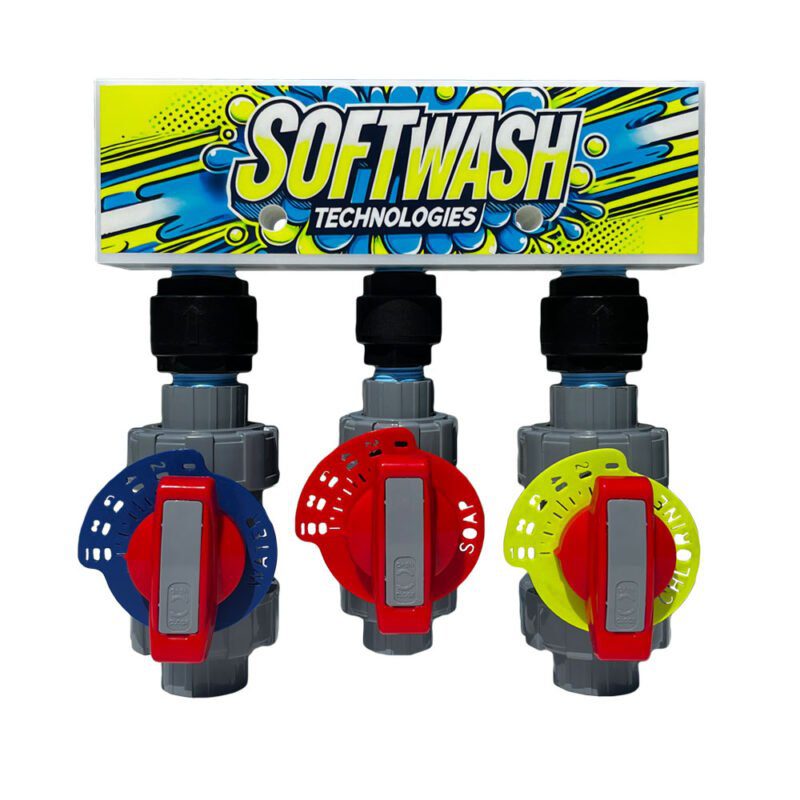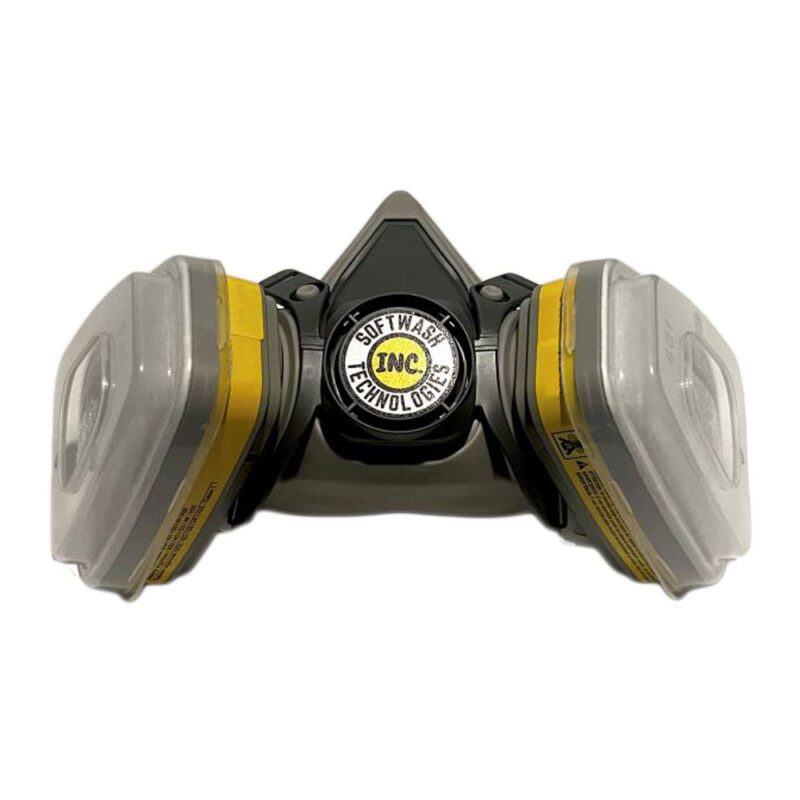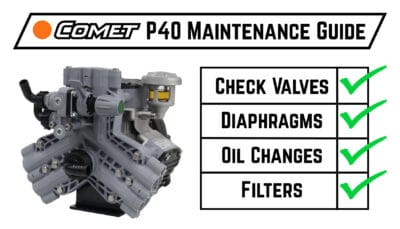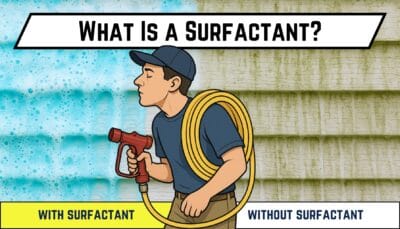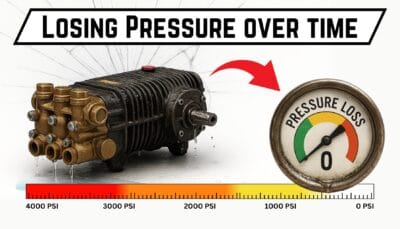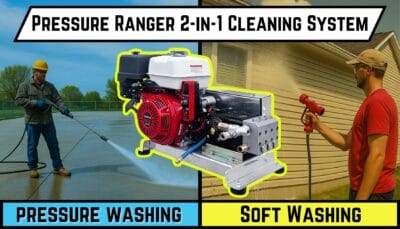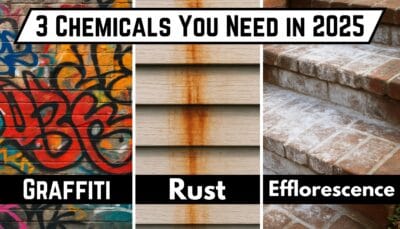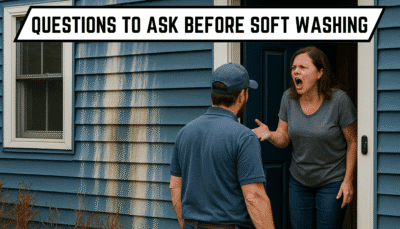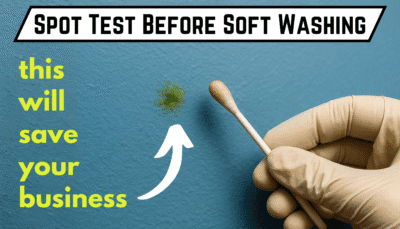Soft Wash vs Downstreaming: A Professionals Guide
- Posted by: Collin Steele

In the ever-evolving field of exterior cleaning, professional service providers are constantly seeking effective and safe methods to deliver superior results to their clients. Two prominent techniques in the industry are downstreaming and soft wash. While both methods utilize chemicals like Sodium Hypochlorite (SH) to eradicate contaminants, they differ significantly in application and suitability for various surfaces. This guide explores these two methods to help you make informed decisions for your cleaning projects.
What is Downstreaming?
Downstreaming involves introducing cleaning chemicals into the water stream after the high-pressure pump and before the spray gun. The SH mixes with water via the injector which is placed either between the pump output and hose, or between the hose and spray gun. Their are many options out there for downstream injectors including the General Pump injector and XJet Nozzle.
Advantages of Downstreaming:
- Efficiency for Large Areas: Ideal for cleaning extensive surfaces such as building exteriors, fences, driveways, and pool decks.
- Simplified Setup: Requires less equipment, making it a cost-effective option for many businesses.
- Lower Pressure Application: Downstreaming utilizes a larger orifice tip compared to pressure washing which reduces the pressure, making it safer for delicate surfaces.
Limitations of Downstreaming:
- Chemical Strength Limitations: The strength of the chemical mix is naturally restricted by the Venturi effect, which limits how much SH is drawn into the water stream. For tougher jobs, downstreaming may not be sufficient.

What is Soft Wash?
Soft wash is a method that uses low-pressure water combined with Sodium Hypochlorite (SH) and a surfactant to safely remove organic contaminants like algae, mold, mildew, and bacteria. The surfactant helps the chemical solution adhere to surfaces longer and penetrate deeper, enhancing its effectiveness. This technique prioritizes the preservation of surfaces, making it ideal for delicate materials.
Advantages of Soft Wash:
- Gentle Cleaning: Low-pressure application prevents damage to surfaces like roofs, siding, decks, and fences.
- Enhanced Effectiveness: The combination of SH and surfactant ensures thorough cleaning and longer-lasting results.
- Versatility: Suitable for a wide range of surfaces and contaminants.
Essential Soft Wash Equipment:
- Soft Wash Proportioner: Allows for precise mixing of SH, water, and surfactant, enabling on-the-fly adjustments to chemical concentrations. This ensures optimal cleaning strength for different surfaces. Explore the Soft Wash Proportioner.
- Safety Gear: Handling chemicals requires proper protective equipment. A reliable respirator is crucial to safeguard against inhaling harmful fumes. Ensure safety with a Soft Wash Respirator.
Downstreaming vs. Soft Wash: A Comparative Overview
| Aspect | Downstreaming | Soft Wash |
| Pressure Level | Low pressure when using the correct large orifice nozzle | Low pressure |
| Chemical Strength | Up to 4.8% SH with an XJet Nozzle | Up to 12.5% SH |
| Chemical Mix | SH mixed with water via injector between the pump and gun | SH combined with water and a surfactant via a proportioner or batch mixing |
| Equipment Needed | Pressure washer with injector or XJET nozzle | Dedicated soft wash system |
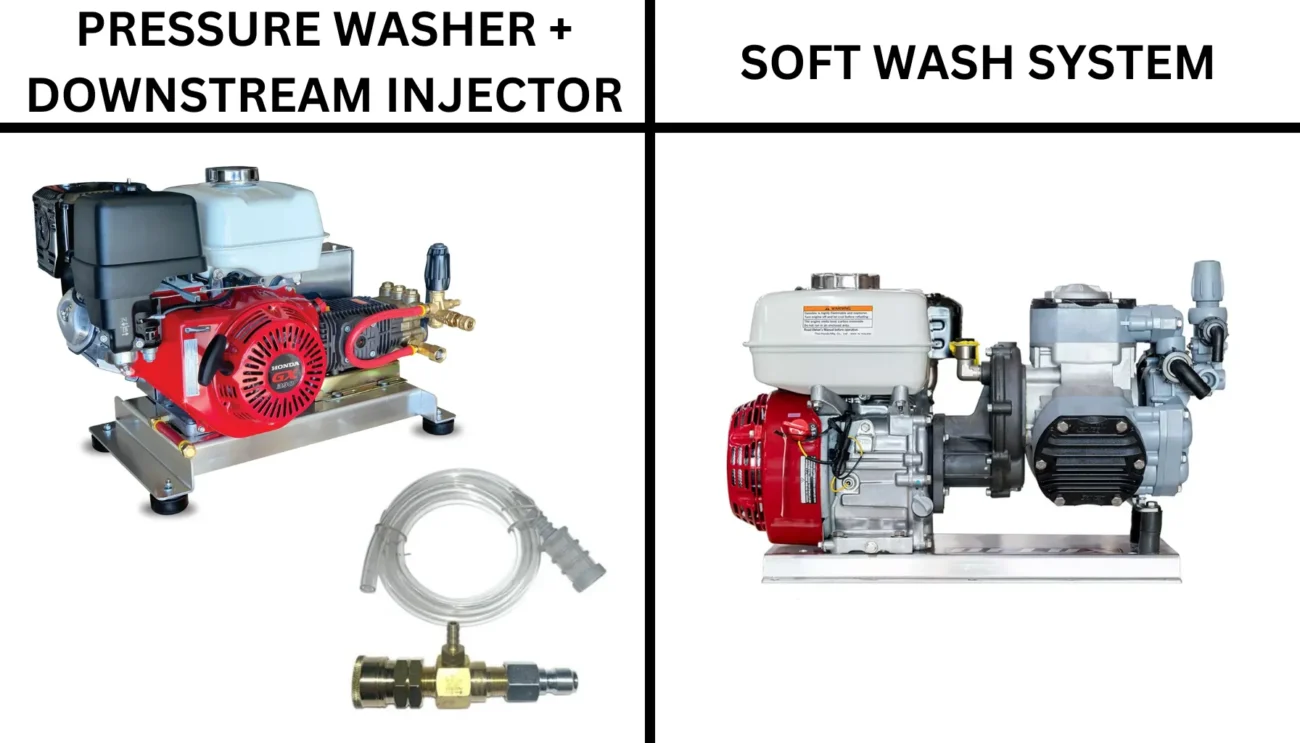
Why Soft Wash is Gaining Popularity Among Professionals
- Surface Preservation: Clients appreciate the care taken to protect their property, leading to higher satisfaction and repeat business.
- Effectiveness: The combination of SH and surfactant, applied with precision, addresses tough stains and growths more effectively.
- Environmental Considerations: Using precise chemical amounts reduces waste and environmental impact.
- Increased Revenue Potential: Offering soft wash services allows you to charge premium rates due to the specialized nature of the work.
Investing in Quality Equipment:
Upgrading to a dedicated soft wash system can significantly enhance your service offerings. The Soft Wash Proportioner provides unparalleled control over your cleaning solutions, leading to better results and client satisfaction.

Safety First: The Importance of Proper Protective Gear
Working with chemicals like SH and surfactants necessitates strict adherence to safety protocols. Personal protective equipment (PPE) is non-negotiable. A high-quality respirator, such as the Soft Wash Respirator, protects you from inhaling hazardous fumes, ensuring your health and compliance with safety regulations.
Making the Transition to Soft Wash
For professionals accustomed to downstreaming, transitioning to soft wash may seem daunting. However, the long-term benefits for your business are substantial:
- Enhanced Reputation: Offering soft wash services sets you apart from competitors who may only provide traditional pressure washing.
- Higher Revenue Potential: Clients are often willing to pay a premium for services that protect and preserve their property.
- Expanded Service Offerings: With soft wash, you can confidently tackle a broader range of projects.

Conclusion
Understanding the distinctions between downstreaming and soft wash is essential for professional service providers aiming to deliver the best results. While downstreaming remains effective for certain applications, soft wash offers a superior, gentle, and thorough cleaning method suitable for a variety of surfaces.
By investing in specialized equipment like the Soft Wash Proportioner, and prioritizing safety, you not only enhance the quality of your work but also build trust with your clients. Embracing soft wash can propel your business forward, positioning you as a leader in the exterior cleaning industry.
Equip your business with the industry’s best soft wash equipment:
Latest Blog Posts
If you’ve been soft washing for a while, or even if you’re just starting out, you’ve probably heard the word
...